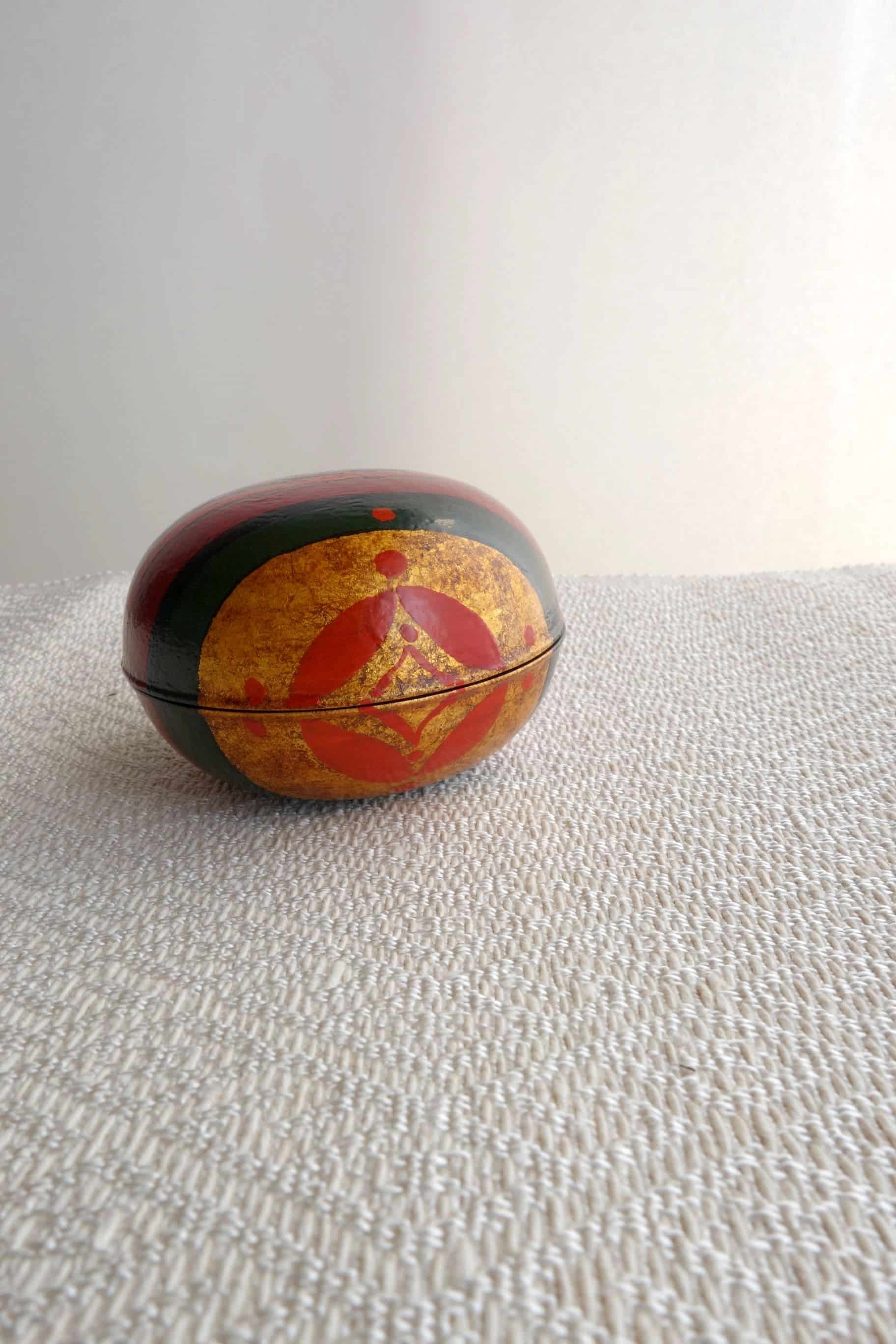Sarasa is said to have been born in India; the textile with grand, playful, and colourful patterns. As “Good Things Always Spread“, it has appealed to the East and West, merged with indigenous aesthetics.
Japan was not the exception, to say the least. What caught the Japanese people’s eye in the Edo period was the deep crimson red: the time when 80% of everyday Japanese people were wearing Indigo-dyed “Japan blue”.
Mr Sachio Yoshioka extensively writes about the difficulty of dyeing cotton cloth red. Imagine how vivid the patterns must have looked then. So, as we usually do, the Japanese tried to recreate it, which led to the genre we call wa-sarasa today. “Wa” translates as Japanese.
The cultural marriage of India and Japan on textile flourished and it still fascinates us today. Here, urushi lacquer master craftsman Senro Sato incorporated the essence into his wooden work.
For those who like to explore more wa-sarasa, those two have plenty of visual references to give a sense of it. Simply delightful to look at.

0 Comments